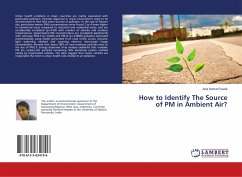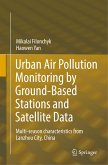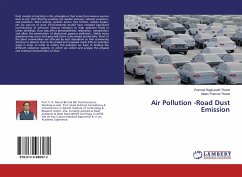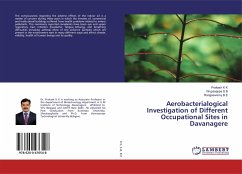Urban health problems in Asian countries are mainly associated with particulate pollution. Particles dispersed in urban environment need to be characterized to find their exact sources of pollution. In the case of Mysore city, particulate matter (PM) concentrations were found 2 to 4 times higher in commercial areas compared to industrial and residential areas, and are considerably correlated (p0.05) with number of vehicles and outdoor temperatures. Experimental PM concentrations are correlated significantly with vehicular PM2.5 (p0.005) and PM10 (p0.0005) emissions estimated mathematically using model generated from road traffic survey. Dynamic light scattering method and scanning electron microscope image interpretation showed that about 90% of near-roadway particles were in the size of PM2.5. Energy dispersive X-ray analysis explained that roadside PM are carbon-rich particles containing 56% elemental carbon emitted mostly by fossil-fueled vehicles. The data suggest that motor vehicles are responsible the most in urban health risks related to air pollution.








